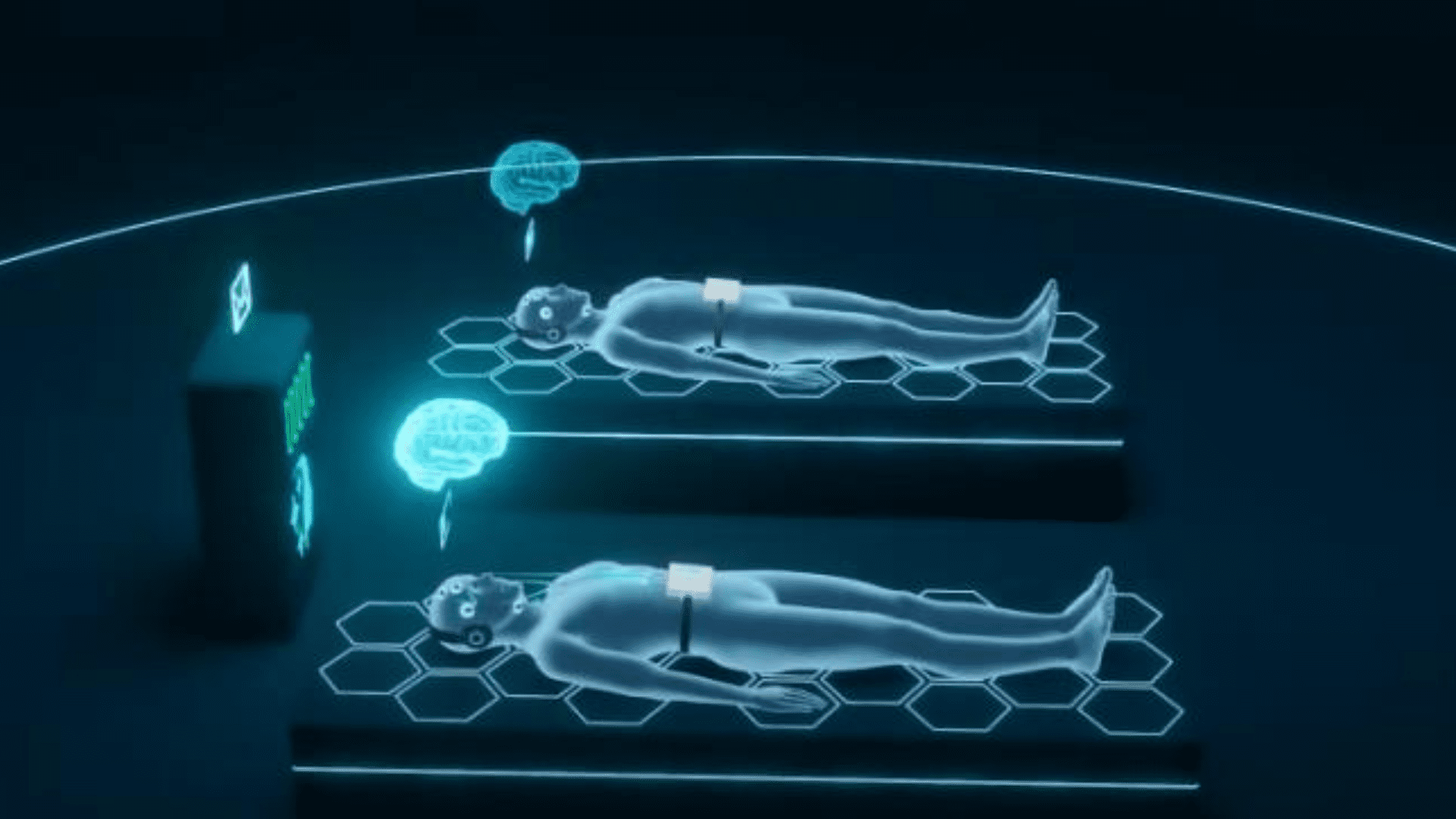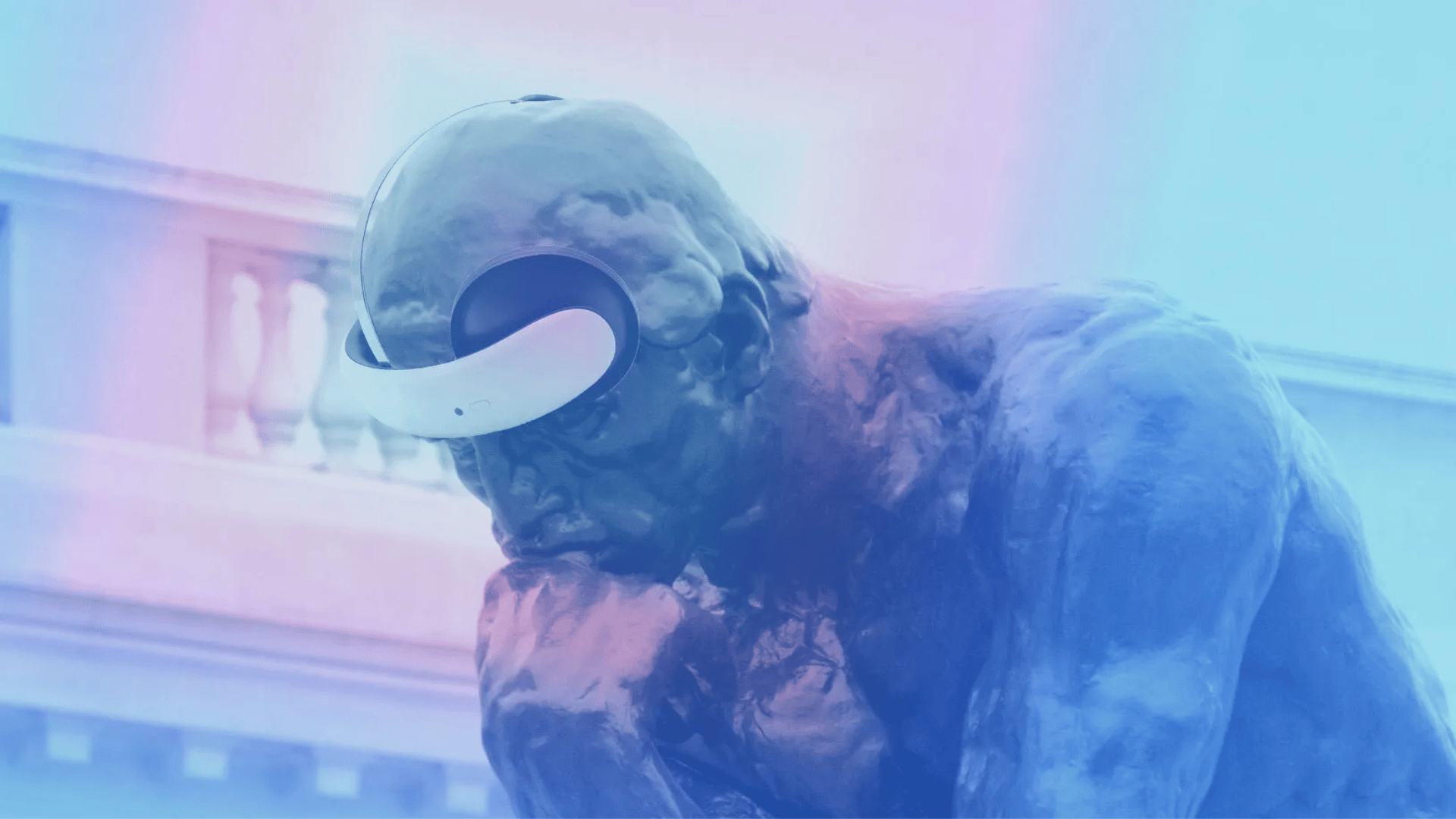The movie Inception is becoming more realistic than science fiction. For the first time, two people successfully communicated in their dreams. The milestone comes from researchers at REMspace. Their research demonstrates how lucid dreams open a new way to communicate and unlock new potential.
Two volunteers produced a lucid dream and exchanged a message using specific equipment. Lucid dreaming is when an individual is aware they are dreaming while in a dream state. The only way to induce a lucid dream is during REM sleep, the stage when most dreaming occurs.
The Potential of REM Sleep and Lucid Dreams

Researchers believe that the lucid dream phenomenon has numerous potential applications, from learning new skills to solving physiological problems. The company wants to pioneer a groundbreaking development that follows AI. “This conviction drives us to develop innovative technologies and services, aiming to be pioneers on this journey,” said REMspace.
The participants slept at home during the experiment as their brain waves were tracked remotely with a specialized apparatus. Once the server detected that one of the individuals entered a lucid dream, it sent a random word through the person’s earbud. The participant repeated the word, and his response was captured and stored on the server.
Eight minutes later, the other participant slipped into a lucid dream. She received the message from the first participant and confirmed it after waking up. This marked the first-ever “chat” exchanged in a dream. The company claims that two other people were able to do the same thing.
Fiction to Reality
The communication comes after five years of intense research and development. Now that the company has two people who successfully communicate in their dreams, they want to enhance their technology with the hopes of better results each time.
Additionally, REMspace wants to achieve real-time conversations during lucid dreams. Although this could be much more complex, they believe they can achieve it in a few months.
“Yesterday, communicating in dreams seemed like science fiction. Tomorrow, it will be so common we won’t be able to imagine our lives without this technology,” said Michael Raduga, founder and CEO of REMspace. Raduga sees potential for commercial success and how it can reshape communication in the dream world.
He said, “That’s why we believe that REM sleep and related phenomena, like lucid dreams, will become the next big industry after AI.”






